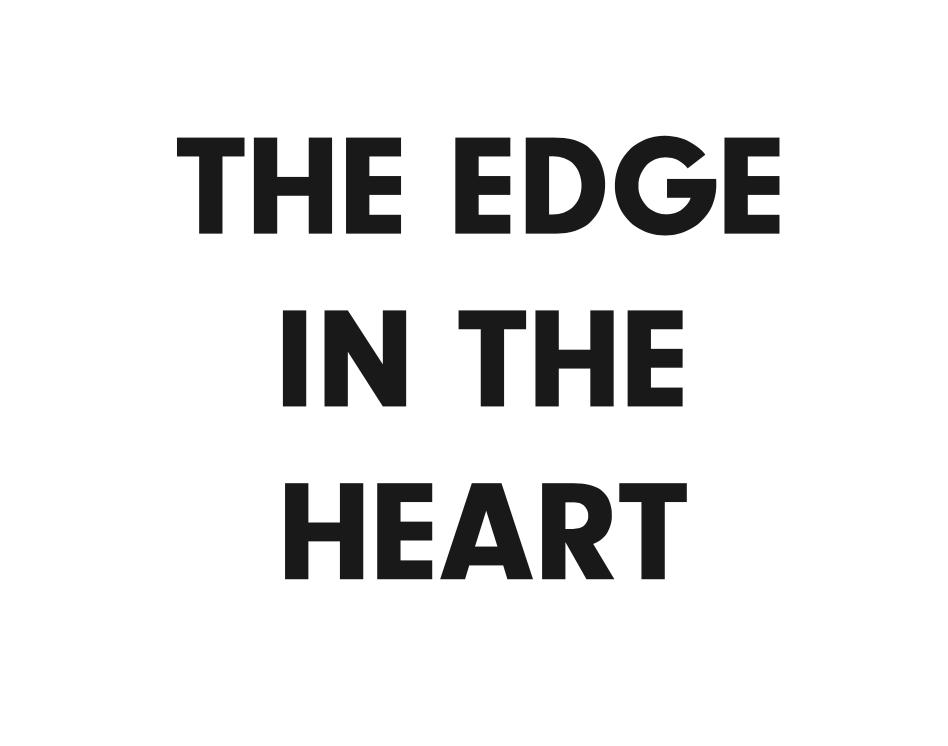
3 minute read
Edge of empire - Jane M. Jacobs
// EDGE OF EMPIRE - JANE M. JACOBS
Jes Hansen
Advertisement
In the broad field of post-colonial studies space is made use of in a metaphorical way. This stems from its background in literary and historical criticism but can make it difficult to apply the theories to the city. In ‘Edge of Empire’ from 1996 Jane M. Jacobs, in her unique background as a geographer develops a post-colonial theory that finds a literal application of space to the field. In the first chapters Jacobs develops an argument about the city as the site where cultural politics of place and identity are played out. She proposes that these cultural politics are mixed with imperialist ideologies and practices. In her theory imperialism can easily be reactivated in the present city through nostalgic reflections, reconstructions, preservation (of historic buildings) and building new forms of consumption based on the colonial past. To further theses theories and actually apply them to space she uses four case studies in the first world cities to illustrate the argument. In chapter three she focuses on the debate about the redevelopment of London’s historic sites around Bank Junction. She argues that the efforts to preserve the historic environment represents the
attempt to memorialise the empire. She interprets this as a coping mechanism for the loss of empire Britain has gone through the 20th century. In the fourth chapter Jacobs attention turn to the London neighbourhood of Spitalfields examining the moves and counter moves to gentrify the Bengali section of the city. The refurbishment happens between the desire to appeal to a ‘multicultural’ Britain while still maintaining ‘Englishness’ through the careful distribution of Georgian houses. While the project employed a ‘rhetoric of cohabitation’ it had an underlying antagonism towards Bengali inhabitation of the area. In chapter five the readers attention is moved towards the Australian city of Perth and how aboriginal interest in land are suppressed by urban development. She presents how secular urban space is in tension with the aboriginal sacred space. It shows how modern, western cartographic logic put over the traditional, aboriginal understanding of space leads to a deep conflict in the city’s fabric. Finally in the sixth chapter Jacobs deals with the new tourism emerging in the city of Brisbane and how a new form of colonialism is developed through making profit of the aboriginal traditions. Jacobs shows throughout the whole book how imperialism still lingers in and even has a firm grip of the post-colonial city’s space. It is present in multiple forms like nostalgic returns, shaping development plans, producing racialized struggles over territory and calling to play new forms of exploitation and domination. It reminds us that the effects of colonialism and imperialism are very much existant today and are not only a matter in the former colonial parts of the world but also
in the ‘heart of the empire’. The ‘Edge’ Jacobs mentions in the title of the book describes - for me - not the geographical edge of the empire or its greatest expansion for that matter but how the ‘Edge’ is real and visible in every part of the empire. Most notably even in the empires ‘heart’ London as shown in the first two chapters. Being aware of the ‘Edge’ in the post-colonial city may be the most important lesson taught in the book, giving a starting point for post-colonial investigations of the city’s spaces. If there is any critique to be made it would be on the difficult subject of terminology. This of course is a problem in post-colonial discourse as a whole and for that matter not solvable in a single work on the subject. Jacobs tends to pick up on defined terms of post-colonial theory, most notably in this work the term ‘Otherness’ as defined by Edward Said, and uses it slightly out of context making it at first irritating to follow certain lines of her argument. It hints at the importance of establishing a new terminology for post-colonialism applied to space.
- Jane M. Jacobs









